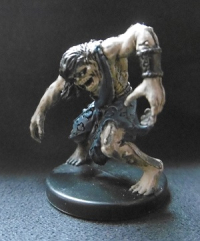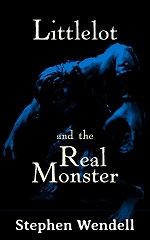Thomas Henry Museum
Twenty year-old Jean-François Millet went to study painting in Cherbourg, where some 70 years previously Thomas Henry was born.
Though educated in commerce, Henry had a taste for art. In his early career he went to Saint-Domingue, a lucrative French colony on the island of Hispaniola. He was a merchant there until a successful slave revolt, now known as the Haitian Revolution, put an end to the colony and created the Empire of Haiti in 1804.
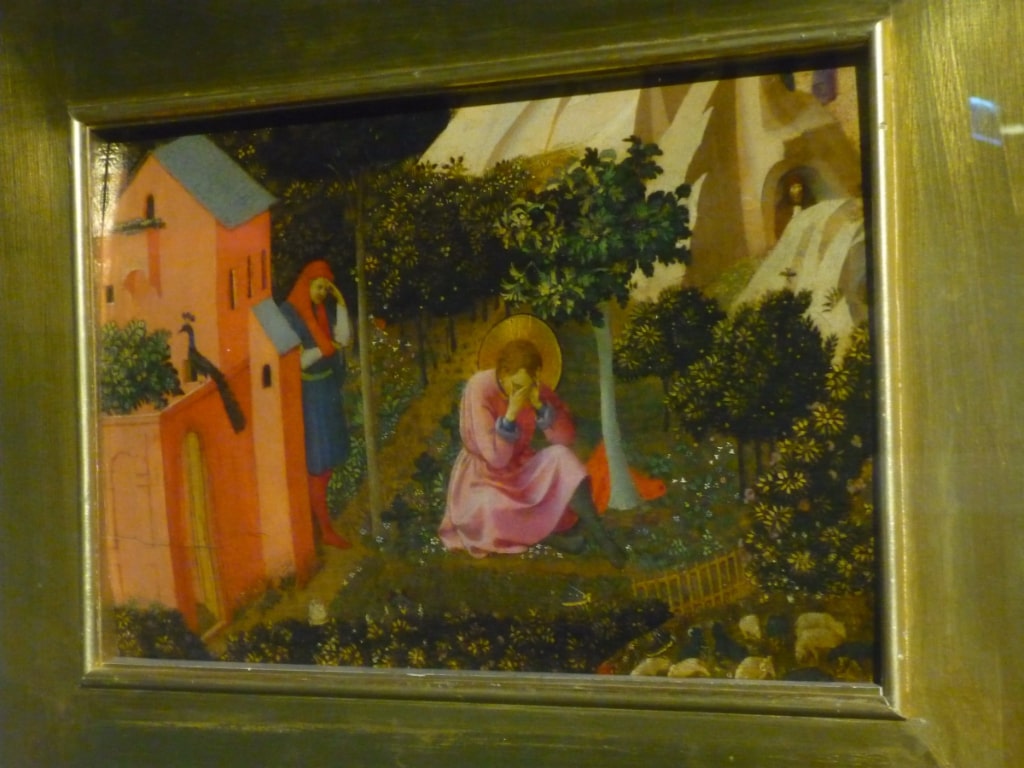
Having proved himself in business, back in France Henry went to Paris and became a painting restorer, then an accomplished artist as well as a successful art dealer. From this time onward he collected paintings and sculptures from the major movements in Western European art of the previous four centuries. He became a celebrated connoisseur, his opinion of a work’s provenance and of its quality being highly regarded.
By 1831, he had lost both sons and sensed his own life’s end. He began donating—anonymously—portions of his collection to his native town.
After receiving a significant number of these artworks, the Cherbourg town council decided to open a museum. An investigation revealed the donor’s name, and the Musée Thomas Henry opened its doors in 1835. Among its first visitors was Jean-François Millet, who came to copy the works of the masters as part of his studies.
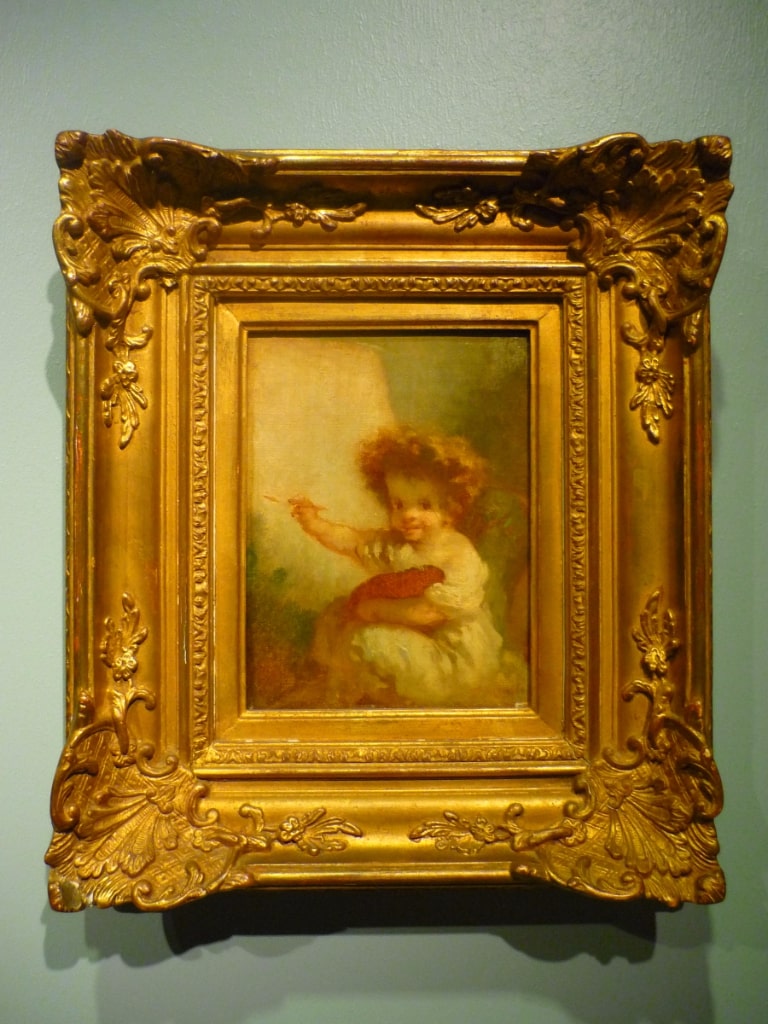
A later donation, that of Millet’s nephew Paul Ono in 1915, would add to the museum’s collection a large number of Millet’s early paintings. Among them were many of the student artist’s copies, which museum visitors can see beside the original.
Today, the Thomas Henry Museum holds the third largest Millet collection in the world.
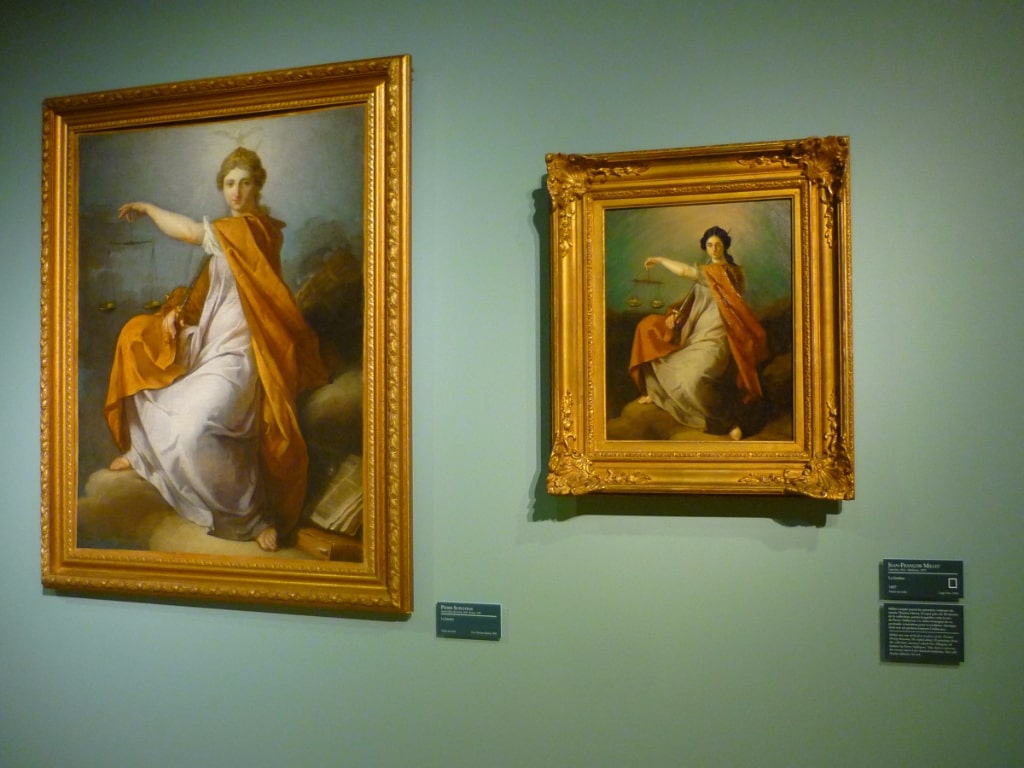

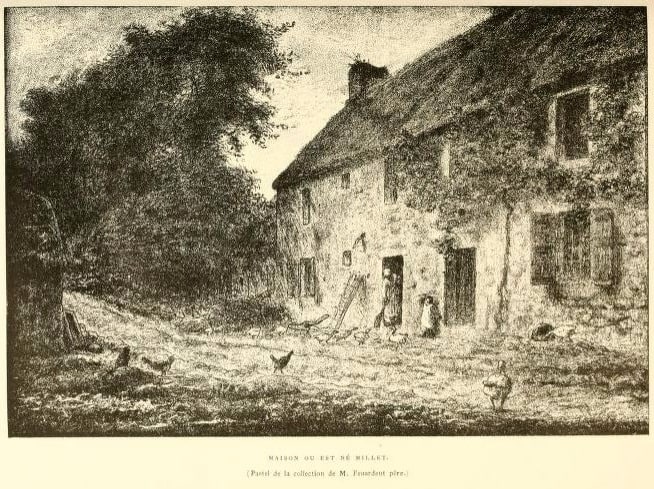
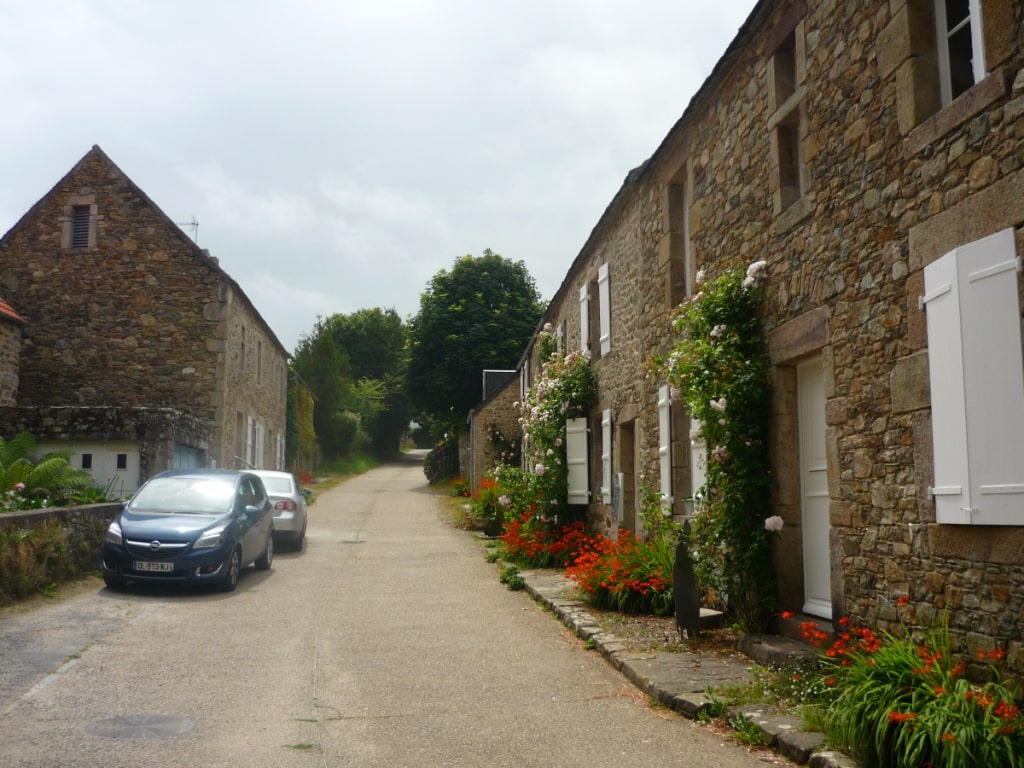
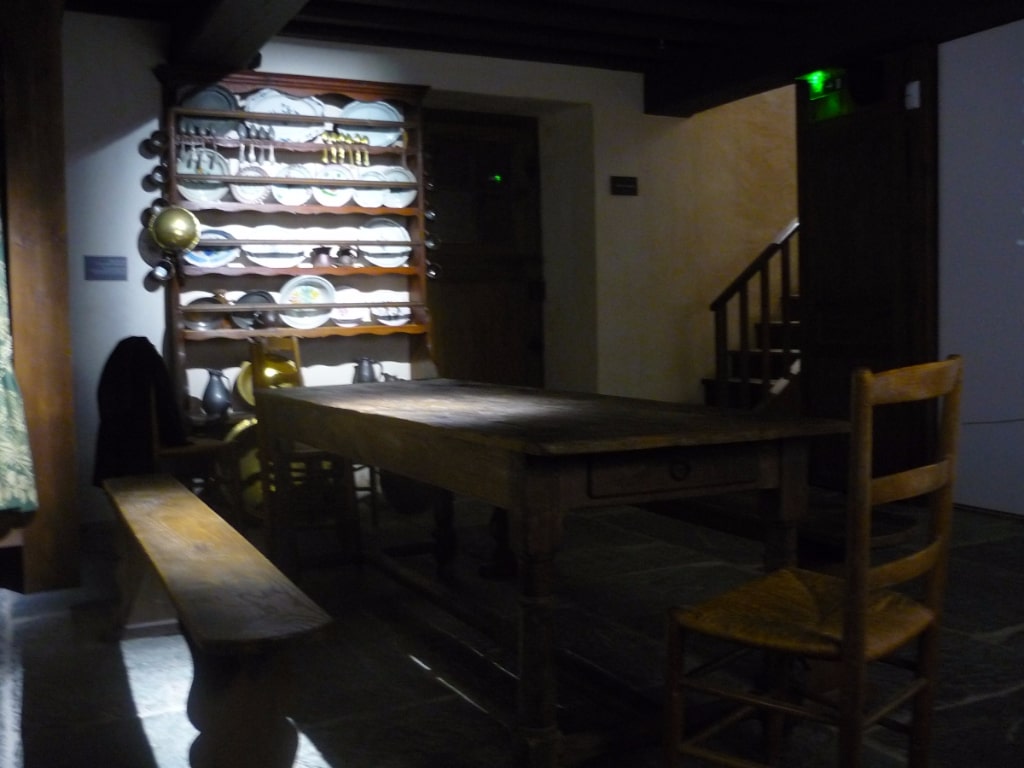
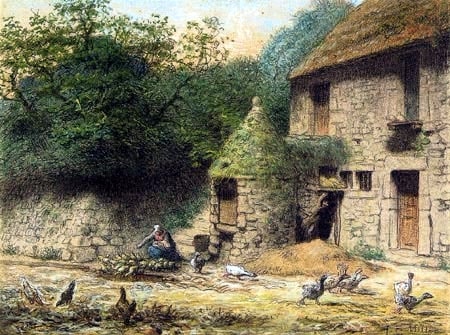
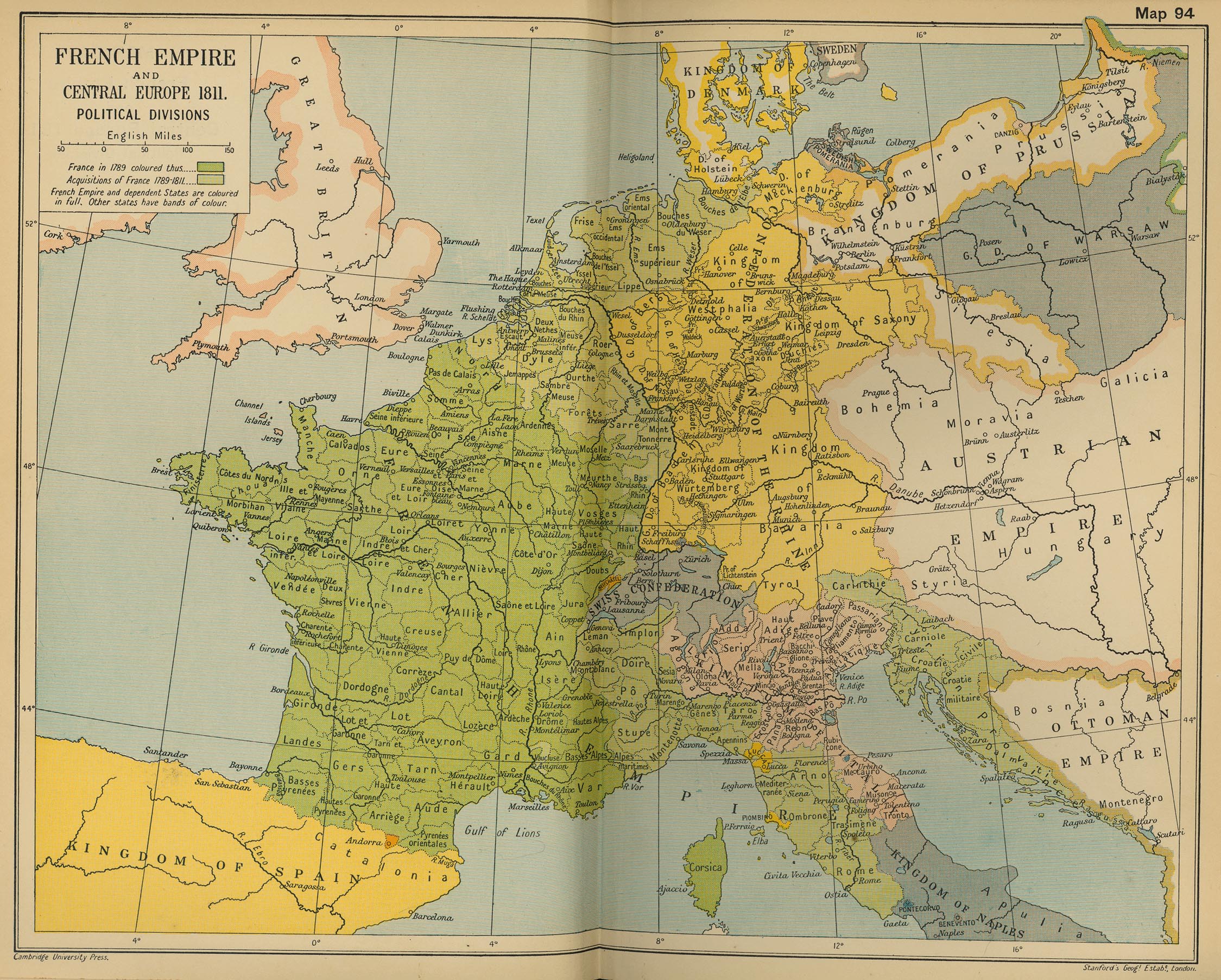
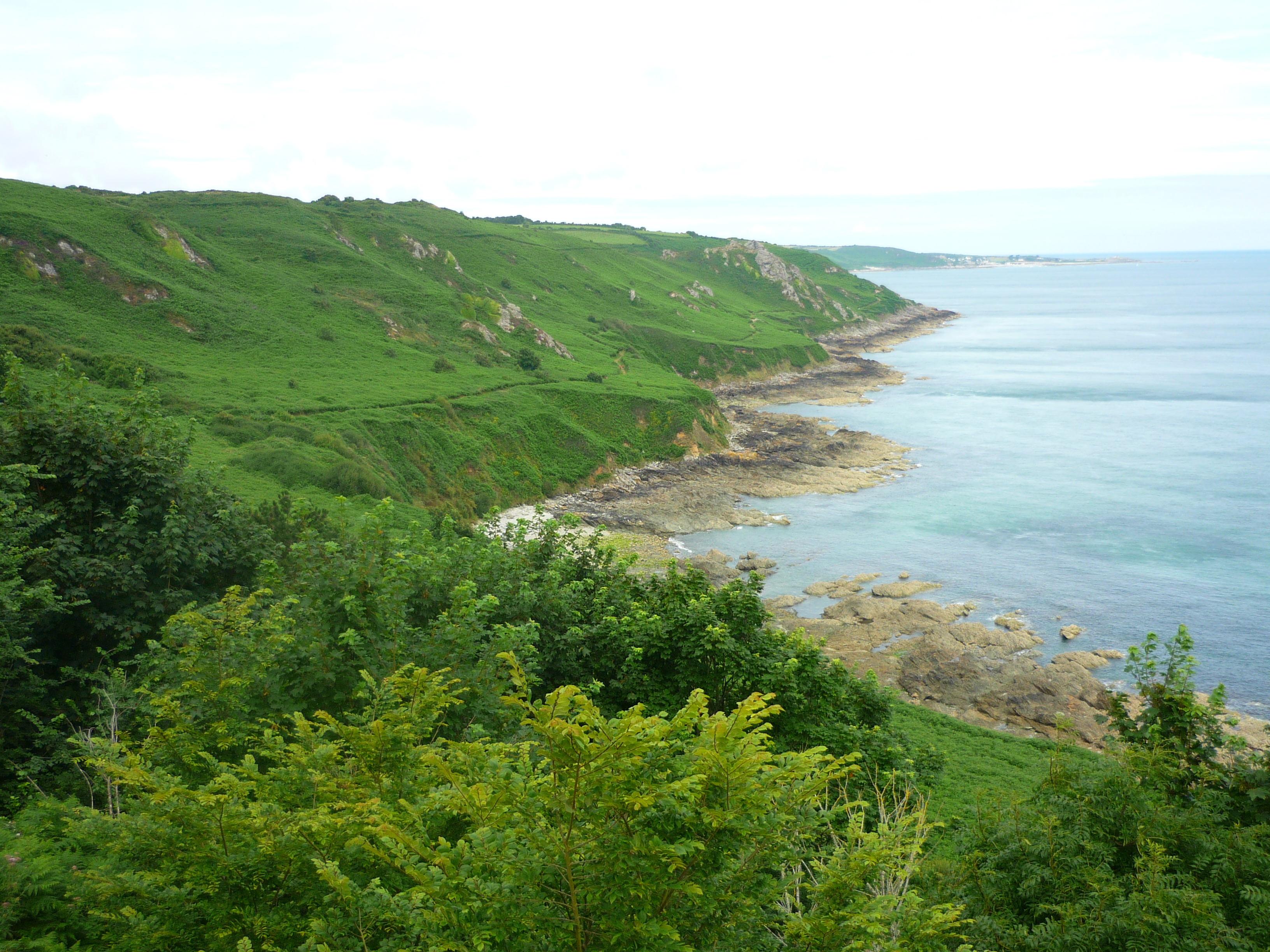 On the Normandy coast near Gruchy wind and rain are not uncommon in any season; late July 2016, this was the day’s best weather
On the Normandy coast near Gruchy wind and rain are not uncommon in any season; late July 2016, this was the day’s best weather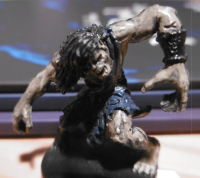 I made a page for Roy, so his fans can keep up with his latest exploits.
I made a page for Roy, so his fans can keep up with his latest exploits. 